The iconic Royal Exhibition Building in Melbourne - Part 1
In March 2022, I touched on the history of the Royal Exhibition Building of Melbourne when I went to the Annual Garden and Flower Show held there and in the surrounding Carlton Gardens (click here if you missed it).
Today we revisit the Exhibition Building as, for the first time in over 130 years, the dome of the Exhibition Building is open to the public to go in and up to the roof. So, of course, I just had to go along!
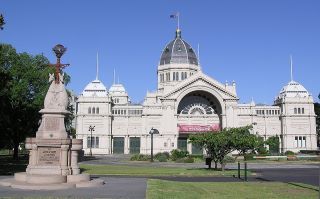
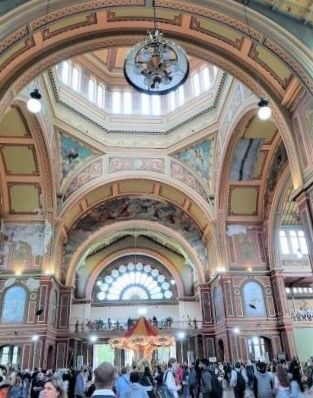
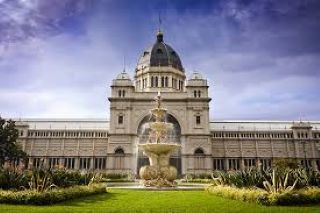
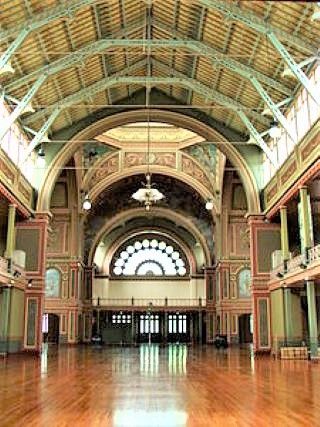
But in order to appreciate that, which we will do tomorrow, let’s firstly have a look at a bit of the history of this iconic building, which, in 2004, was listed on the UNESCO World Heritage List. It was the first Australian building to reach this status, even ahead of the famous Sydney Opera House.
It was built in only two years, over 1879 – 1880, but what was the purpose? Well, the popular form of entertainment around the world between 1850 and 1915 was the international exhibition movement, otherwise known as World Fairs. These World Fairs showcased the technological, industrial, and cultural achievements of nations around the globe, and were largely focused on trade. Around 50 huge exhibitions were held in cities around the world and famous structures were built to either house them or celebrate them, such as the Crystal Palace in London, and the Eiffel Tower in Paris!
And Melbourne was no exception! The Gold Rush during the 1850s brought huge prosperity to government coffers. So it was decided to build an exemplary building to host the Melbourne International Exhibition in 1880–81, and then the even larger Centennial International Exhibition in 1888, to mark one hundred years since European settlement.
The building stands on approximately 26 hectares (64 acres) of gardens, is 150 metres (490 ft) long and is surrounded by four city streets.
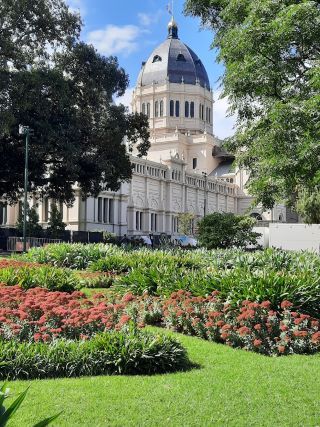
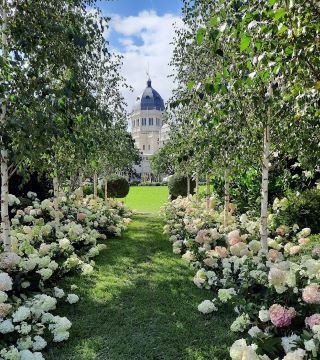
Architect Joseph Reed created a temple to industry using a cruciform layout, consisting of a Great Hall of over 12,000 square metres, flanking lower annexes to the north on the east and west sides, and many temporary galleries between. 1
Composed of brick, timber, steel and slate, the Exhibition Building is a mixture of the Byzantine, Romanesque, Lombardic and Italian Renaissance styles.
The soaring 67 metre dome was inspired by Brunelleschi’s iconic dome of the Duomo, the Cathedral in Florence, Italy.
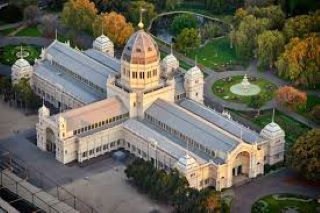
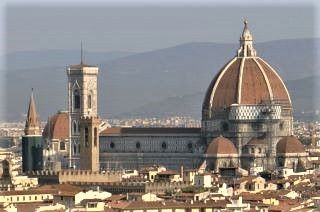
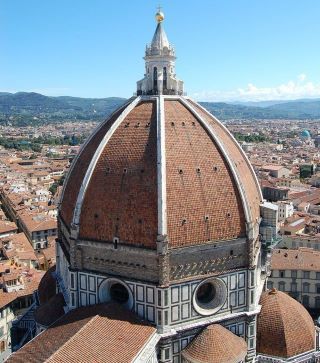
The watercolour below by the architect, Joseph Reed shows the layout of the exhibition spaces established for the grand exhibition in 1880. Over 30 countries participated, showcasing over 32,000 products and innovations, including the penny farthing bicycle, a sewing machine, a switchback railway and even a working dairy! 1
The long avenue leading from the main entrance was called the Avenue of Nations, with all the temporary exhibition halls leading off it behind the main building. What a huge space it was!
The main building and dome in the forefront is the extensive area that survives to this day, inlcuding the large fountain at the front entrance.
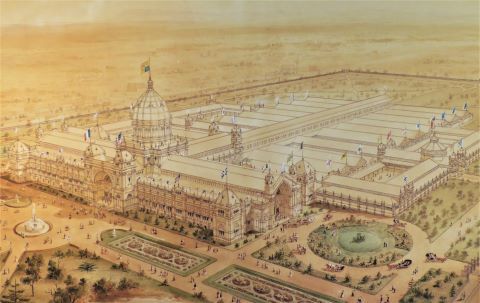
The Exhibition Building was built by David Mitchell, who also built the Scots’ Church and St. Patrick’s Cathedral in Melbourne. (He was also the father of Dame Nellie Melba, the world renowned soprano and opera singer during the 1920s.)
You can travel around the outer perimeter of the building using the three dimensional viewing tool, by clicking here.
Apart from its original exhibition purposes, the building has been the site of many important events in Australian history:
It was the site of the formal opening of the first Parliament of Australia in 1901, when all the independent colonies of Australia united into one federated government. I was lucky enough to see the original^ painting of the opening, painted by Tom Roberts, one of the artists of the Heidelberg School. This painting hangs in Parliament House, Canberra, and a plaque beside it identifies every person there. Whilst it is not strictly accurate as a historical record, it is still an amazing achievement to paint the 250 people there, in such a huge painting, 18 feet 6 inches by 11 feet 9 inches! It was given as a gift to King Edward VII, and hung in St James Palace, London from 1904 to 1958. It was ultimately returned on permanent loan to Australia in 1958 after Prime Minister Bob Menzies asked for it come back.
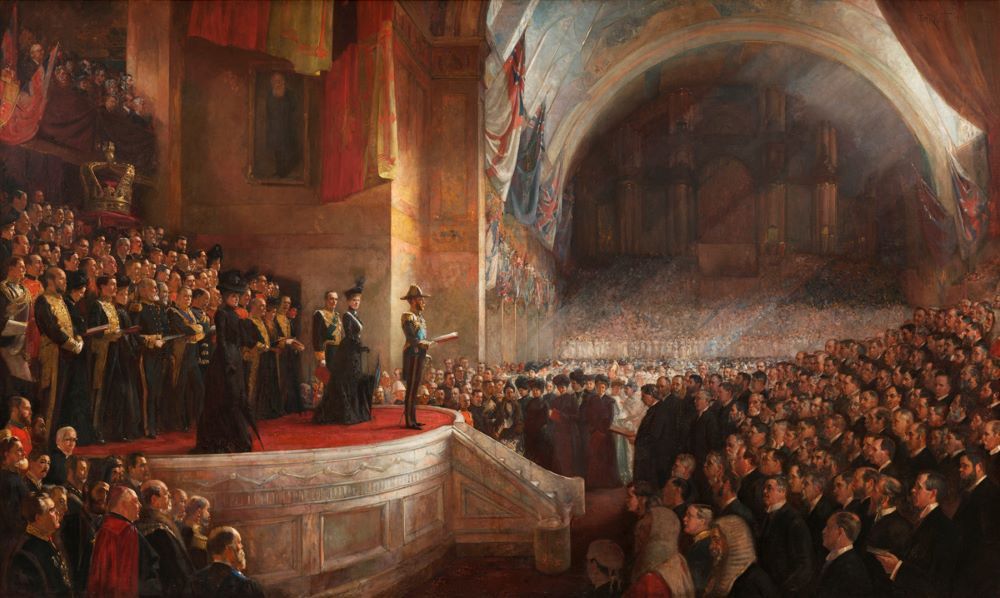
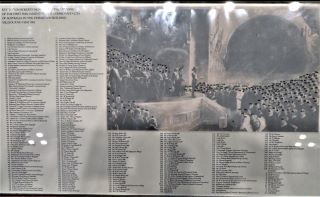
The Exhibition Building was the site of the Australian Parliament until 1927, when the Federal Government moved to a new building in Canberra, in the newly formed Australian Capital Territory.
The Exhibition building also became a hospital when the Spanish Flu came to our shores in 1919s, after World War One. Over 4,000 patients were treated there. The building was taken over as training base for the Royal Australian Air Force in 1942, when it was feared that World War II was coming to our shores after the bombing of Darwin on 19th February 1942 by the Japanese.
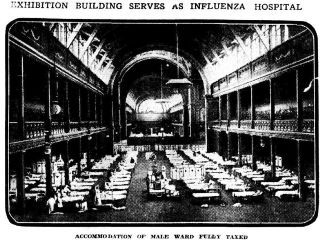
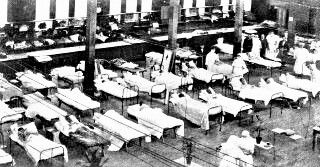
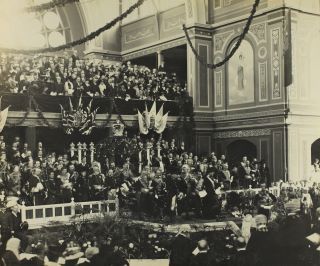
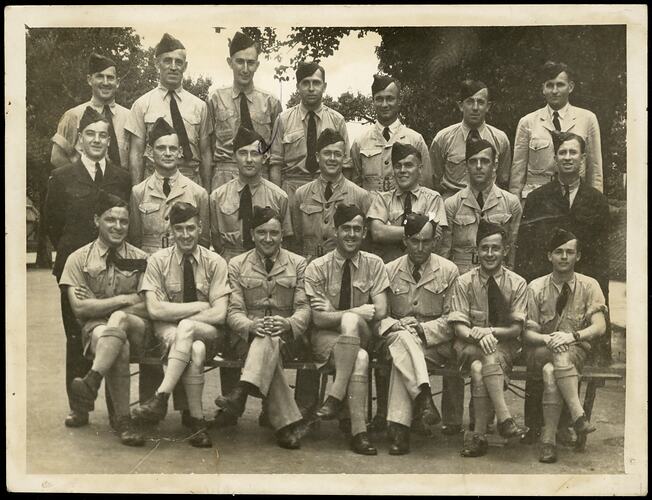
The Exhibtion Building was also the processing centre for immigrants to Melbourne after World War II, with 29 cottages established in the surrounding Carlton Gardens as temporary housing. Isn't this a lovely photo showing a family so happy to be starting a new life here in Melbourne!
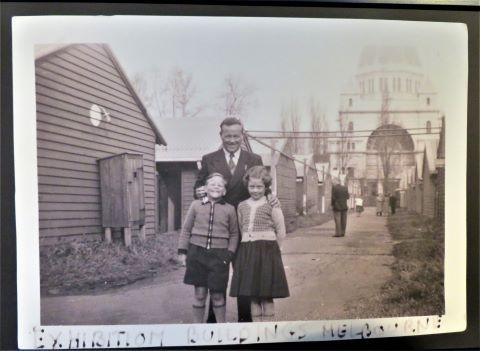
The Exhibition Building was also a venue for the 1956 Summer Olympics, hosting the basketball, weightlifting, wrestling, and the fencing competitions.
It was also used during the 1950s, 1960s and 1970s for State High School Matriculation and for the Victorian Certificate of Education examinations, and is still used as an exam hall today. I remember sitting the Public Service Entrance Exam there, many years ago! It is still used for exhibitions such as the Annual Flower and Garden Show, Art Shows, Book Fairs and Makers Markets etc. In more recent times, the Royal Exhibition Building was used as a COVID-19 mass vaccination centre.
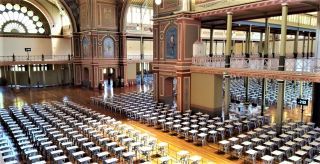
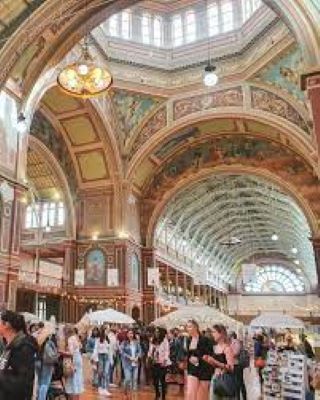
You can read more stories about the Royal Exhibition building if you click here.
With such an iconic history, it is wonderful that the dome has been restored and opened for the first time in 138 years. Join me tomorrow, when we will return to see the Dome itself and the views up close in detail......
Footnotes
- With thanks to Museums Victoria
^ A second very large painting by Charles Nutall also recorded the auspicious opening of Parliament in May 1901 and is part of the Museums Victoria Collection.
